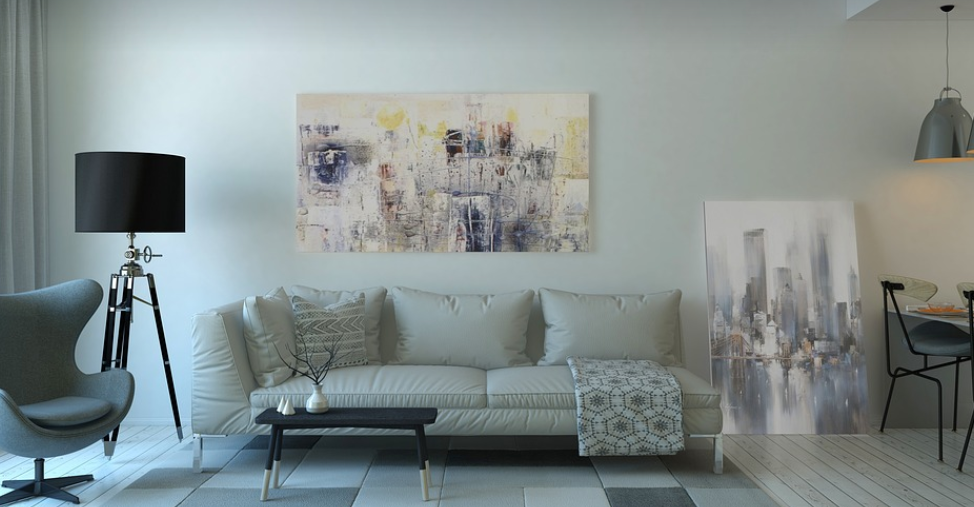The Rise of Eco-Conscious Furnishing
We all want our homes to be beautiful, comfortable spaces that reflect our unique style. But as we become more aware of the environmental impact we leave on the planet, it’s no surprise that sustainable and eco-conscious choices are becoming increasingly important – especially when it comes to furniture design. This shift towards “green” furniture is a reflection of a growing global consciousness about how our everyday choices affect the environment.
The term “green furniture” encompasses a wide range of practices, materials, and aesthetics that prioritize environmental responsibility during every stage of the production process – from sourcing raw materials to manufacturing, distribution, and even end-of-life disposal. It’s a conscious decision to create furniture that minimizes its ecological footprint while maximizing its functionality and aesthetic appeal.
Understanding the Green Furniture Imperative
The “green” movement in furniture design isn’t about sacrificing style for practicality; it’s about finding ways to integrate sustainability into our living spaces in a beautiful and meaningful way. There are many facets to this burgeoning trend, each with its own unique set of benefits:
- Eco-Friendly Materials:
- Sustainable Manufacturing Practices:
- Durability and Longevity:
- Circular Design:
The heart of green furniture is the use of sustainable and renewable materials. From bamboo and reclaimed wood to recycled plastic and bio-plastics, these alternatives offer a more environmentally friendly path for furniture production.
A true commitment to “green” furniture goes beyond simply choosing the right material; it involves adopting responsible manufacturing practices. This includes minimizing waste, reducing energy consumption, and prioritizing workplace safety and fair labor practices.
Green furniture isn’t just about being eco-conscious – it’s also about investing in quality. Choosing durable materials that can withstand regular wear and tear helps lessen the need for frequent replacements and reduces the overall environmental footprint.
A circular design approach is a key component of green furniture. This means extending the life cycle of furniture by incorporating modularity, repairability, and adaptability into its design. It also helps to reduce waste by repurposing existing materials.
Green Furniture Design Across Styles
The beauty of “green” furniture lies in its versatility and ability to blend seamlessly with a wide range of styles. From minimalist chic to rustic charm, eco-conscious designs offer something for everyone:
- Midcentury Modern:
- Minimalist Farmhouse:
- Bohemian Chic:
- Modern Scandinavian:
This iconic style often utilizes natural materials like wood and bamboo, pairing them with clean lines and geometric forms. This creates a timeless aesthetic that effortlessly blends into both modern and traditional settings.
The rustic charm of farmhouse design finds new life in sustainable materials like reclaimed wood and recycled fabrics. Natural textures, warm colors, and functional furniture pieces create a cozy and lived-in atmosphere.
This eclectic style embraces vibrant patterns, textures, and natural elements. Sustainable materials like macrame, bamboo, and rattan find their place in this bohemian haven, creating a unique and inviting space.
A minimalist aesthetic with clean lines and functional design is often at the heart of Scandinavian furniture. Choosing sustainably sourced wood and materials helps create an environmentally friendly and visually pleasing space.
Making Your Home Greener
Creating a green-inspired living space doesn’t require a complete overhaul or a complete transformation. These simple changes can make a significant difference:
• **Explore Recycled and Upcycled Pieces:** Consider vintage furniture, repurposed pieces, or items with recycled materials. • **Choose Sustainable Fabrics:** Opt for organic cotton, linen, bamboo, or recycled polyester fabrics for cushions, throws, and other soft furnishings. • **Embrace Natural Materials: ** Consider wood, bamboo, stone, cork, or rattan for furniture pieces to create a more natural feel.
By making small changes with the intent of promoting environmental responsibility in our day-to-day living, we can all contribute to building a greener and more sustainable future.
